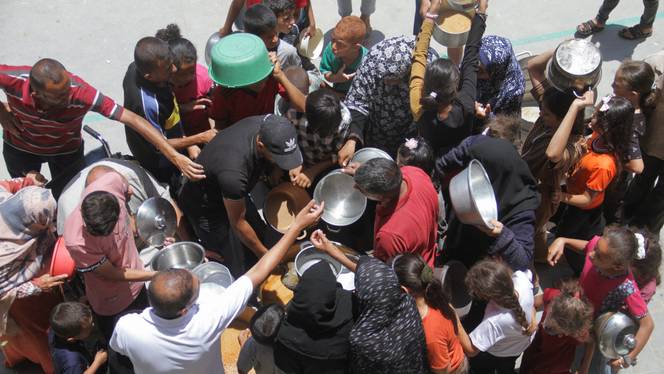- A recent UN report reveals nearly 500,000 in Gaza face catastrophic hunger, with worsening conditions in the south and limited humanitarian access
GAZA – Almost half a million people are still experiencing “catastrophic” hunger in Gaza, with famine remaining a significant risk, according to a United Nations-backed assessment.
The latest Integrated Food Security Phase Classification (IPC) partnership reported on Tuesday that its March warning of imminent famine in the north of the Palestinian territory had not materialised.
“However, the situation in Gaza remains catastrophic, and there is a high and sustained risk of famine across the whole of Gaza,” the report stated, cautioning against any complacency.
It highlighted that approximately 495,000 people—about 22 per cent of Gaza’s population, according to the UN—are still facing “catastrophic levels of acute food insecurity,” known as IPC Phase 5.
An additional 745,000 people are classified as being in a food security emergency.
The United Nations’ World Food Programme (WFP) has released a new report that vividly illustrates the ongoing hunger crisis in Gaza.
The report highlights the positive impact of increased access to food deliveries and nutrition services in the northern part of Gaza. These efforts have helped alleviate some of the most severe hunger levels, but the situation remains dire.
However, in southern Gaza, conditions are deteriorating. The conflict in Rafah during May led to the displacement of over a million people and severely restricted humanitarian access. Additionally, the security vacuum has given rise to lawlessness and disorder, further hindering relief operations.
WFP now expresses concern that southern Gaza may soon experience the same catastrophic hunger levels previously observed in the northern areas.
The Integrated Food Security Phase Classification (IPC) initiative involves collaboration among more than 20 partners, including governments, UN agencies, and non-governmental organizations.






